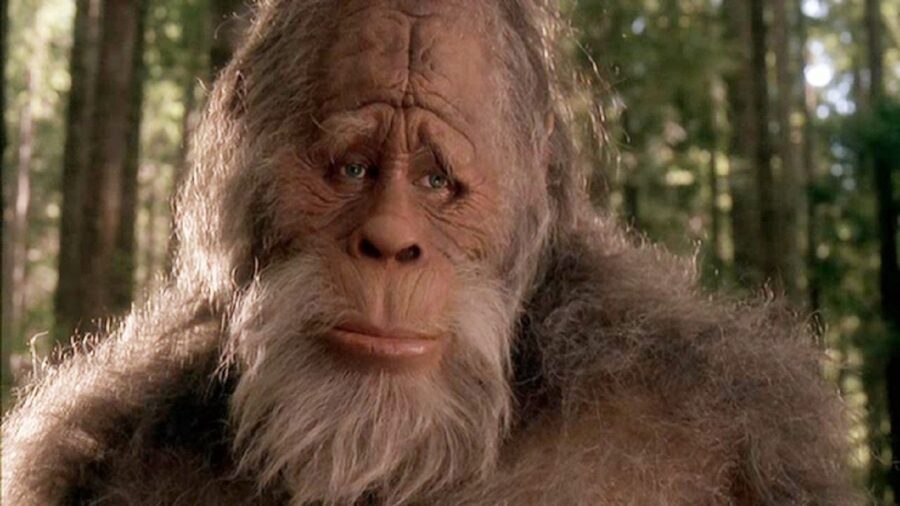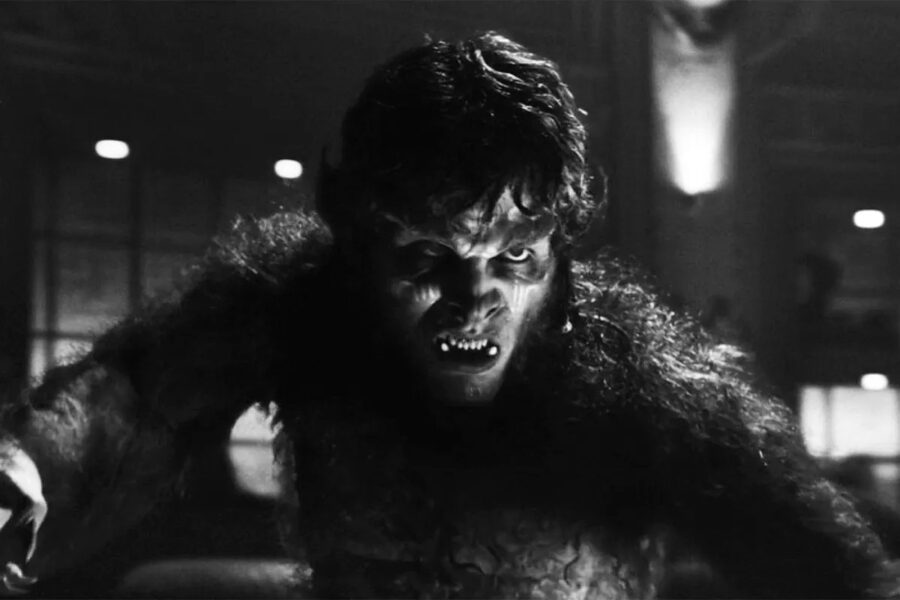Humans Should Be Furrier According To Scientists
A new study reveals that humans still have the genes for full body hair growth, albeit lying dormant.

While no-shave November may only come around once a year, there was a time in our long history of a species during which every day was no-shave November and human bodies were overgrown with fur. For many years, scientists have questioned whether mankind ditching the hair was a matter of evolution, survival, or something else entirely, and now, as first reported in a study in eLife, they’ve come a bit closer to learning the answer. Just because it’s not there doesn’t mean we don’t have it, as according to the geneticists’ research, the gene for full-body hair growth is still there, just lying dormant under the surface.
While other primates like lemurs and gorillas are still covered in thick fuzz, we humans have lost the need to be fur-covered beings. During their study, geneticists picked apart the genetic code of 62 mammals, seeking to come to a further understanding of the hair-havers, like the aforementioned gorillas, vs. the hair-have-nots, like dolphins. In the end, hair-making genes were rampant throughout the subjects of the study, with it all coming down to each organism’s genetic choice in whether to hair or not to hair.
DNA shapes it all and showed the researchers that while the ability to grow hair is there, not every organism needs it. For example, as humans, we carry the gene to grow a full body of hair, but without the need for it, our fur production has slowed down to a light dusting. Likewise, mammals such as dolphins are certainly without the use of hair, but could technically grow it should their DNA find a reason for it.

The researchers furthered their study by singling out and investigating certain genetic areas that revealed hair growing at different paces. This, in turn, gave them a better idea of how and when humans and other mammals like us stopped producing fur. Again, it all came down to evolution and DNA.
In their study, the geneticists set aside those mammals that have hair and compared them to one another, doing the same thing for those that have lost their fuzzy coating. In the end, they found that creatures like humans and dolphins were adapting to genetic mutations that caused a loss of fur. While this is just a step in uncovering more mysteries behind hair loss and hair growth, it’s a major one for scientists who have been pondering our incredible genetic build for decades and even centuries.
The study could eventually lead to a better understanding of hair loss in families who have carried the gene over generations, as well as those suffering from alopecia and even hirsutism, which causes excessive hair growth. While over the years, humans have adapted to losing their fur, dressing warmer in the winter, and even wearing the furs of other mammals, it is interesting to find out more about why we lost all of that hair to begin with. With the case still not entirely cracked, we can be sure that geneticists won’t rest until they fully understand why and when mankind shed the extra layers.












